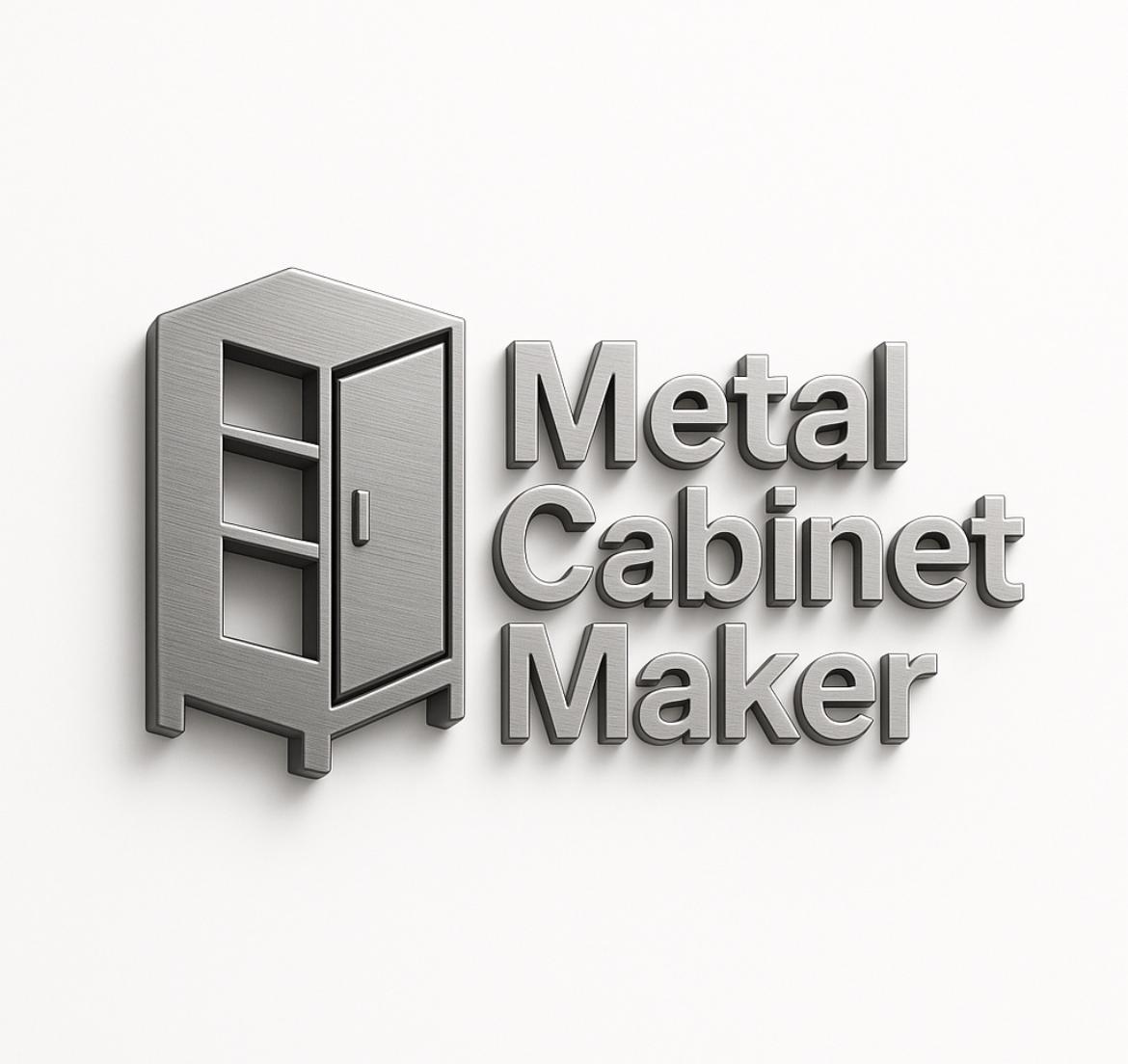


The Definitive Guide to Metal Storage Cabinets for Modern Workplaces
Açıklama (Excerpt): A practical, in-depth guide to choosing, sizing, installing, and maintaining metal storage cabinets for offices, workshops, and industrial facilities.
The Definitive Guide to Metal Storage Cabinets for Modern Workplaces
Metal storage cabinets have evolved from simple, utilitarian lockers into robust, design-forward systems that safeguard tools, documents, electronics, and hazardous materials—all while improving space efficiency and compliance. Whether you manage a modern office, a workshop, or a large industrial facility, choosing the right cabinet can directly influence safety, productivity, and maintenance costs.
Why Metal Cabinets Still Lead
- Durability: Steel cabinets resist impact, warping, and heavy daily use better than most alternatives.
- Security: Multi-point locking systems, reinforced doors, and tamper-resistant hinges protect valuable equipment and records.
- Fire Resistance: Steel is inherently non-combustible, adding a passive layer of protection.
- Load Capacity: Properly engineered shelves handle significant static loads, ideal for tools, components, and binders.
- Hygiene & Cleanability: Smooth powder-coated surfaces are easy to wipe, sanitize, and maintain.
Where They Fit Best
Offices and Admin Areas
For HR records, contract binders, and sensitive documents, opt for full-height cabinets with adjustable shelves and lockable doors. Add labeled dividers and fire-safe drawers where needed.
Workshops and Makerspaces
Look for heavy-gauge steel, reinforced shelves, and perforated or ventilated doors to reduce moisture and odor buildup. Pegboard-backed cabinets help with tool visibility and quick access.
Industrial and Manufacturing
Choose welded frames, 3-point locking, and anti-tilt shelf mechanisms. For small parts, integrate bin rails; for larger items, specify deep shelves and forklift-friendly bases.
Healthcare and Laboratories
Powder-coated, chemical-resistant finishes and smooth interiors are essential. Consider separate, lockable compartments for controlled materials and PPE.
How to Choose the Right Cabinet
1) Material & Gauge
Most high-quality cabinets use cold-rolled steel. Lower gauge numbers mean thicker steel (e.g., 18-gauge is thicker than 22-gauge). For heavy-duty use, 18–20 gauge is a common sweet spot.
2) Finish & Corrosion Protection
- Powder Coating: Durable, eco-friendlier than wet paint, and available in low-gloss finishes that hide fingerprints.
- Galvanization: For high-moisture or semi-outdoor areas, zinc-coated steel adds rust resistance.
3) Ventilation
Perforated doors help prevent moisture accumulation and allow quick visual checks. For chemicals or paints, ensure proper, compliant ventilation strategies.
4) Security Features
- Three-point locks (top, side, bottom) resist prying.
- Concealed, stainless or heavy-duty hinges reduce tampering.
- Master-key systems simplify access management at scale.
5) Ergonomics & Accessibility
Choose handle designs that work with gloved hands. Specify shelf heights to minimize bending and overreaching. Soft-close doors reduce noise and impact.
6) Load Ratings & Shelf Design
Verify shelf load capacities (e.g., 60–150 kg per shelf) and prefer box-formed or reinforced designs. Adjustable shelving supports evolving storage needs.
7) Fire & Safety Compliance
For flammables, use purpose-built safety cabinets compliant with local codes. Always confirm regional regulations and labeling requirements.
Sizing and Layout Planning
- Measure Your Space: Ceiling height, door clearances, walkway widths, and adjacent equipment footprints.
- Define Storage Categories: Tools, documents, PPE, chemicals, electronics—each has different compliance and access needs.
- Choose Form Factor: Full-height vs. counter-height; single vs. multi-bay modules; shallow vs. deep shelves.
- Plan Workflow: Place frequently used items between knee and shoulder height; keep heavy items low.
- Allow Growth: Reserve at least 20% spare capacity for future expansion.
Installation Best Practices
- Anchoring: Secure tall cabinets to walls or floors to prevent tipping.
- Leveling: Use leveling feet or shims for even door gaps and smooth operation.
- Assembly: Follow torque specs for bolts; overtightening can warp frames and misalign doors.
- Electrical: If integrating charging bays, consult a qualified electrician for outlets and cable routing.
Maintenance That Extends Lifespan
- Cleaning: Wipe with pH-neutral cleaners; avoid abrasive pads that scratch powder coat.
- Rust Prevention: Inspect edges and fastener points; touch up chips with matching paint.
- Hinge & Lock Care: Light lubrication annually; replace worn cams or strike plates promptly.
- Shelf Audits: Check for deflection; redistribute weight if sagging appears.
Sustainability Considerations
Metal cabinets are inherently recyclable. Prioritize recycled steel content, low-VOC powder coatings, and modular designs that minimize replacement waste. Long product lifecycles reduce total environmental impact.
Pro Tip: Standardize cabinet widths and shelf pitches across departments. Interchangeable parts reduce downtime and simplify procurement.
Safety & Compliance Checklist
- Cabinets anchored and level; anti-tilt features active.
- Load ratings clearly labeled and respected.
- Flammables/chemicals stored in compliant safety cabinets.
- Locks assigned; master-key control documented.
- Walkways clear; emergency access unobstructed.
Frequently Asked Questions
Q1: Powder-coated vs. painted—what’s better?
Powder coating is more durable, chip-resistant, and environmentally friendlier than traditional wet paint, making it ideal for high-traffic areas.
Q2: How do I pick the right gauge?
For heavy tools or industrial use, 18–20 gauge steel offers better stability and lifespan. For light office use, 20–22 gauge can be sufficient.
Q3: Do I need ventilated doors?
If you store items that off-gas or attract moisture, ventilated doors help. For sensitive documents, solid doors are preferable to limit dust.
Q4: How often should I service locks and hinges?
Annually for general use; semi-annually in high-usage or dusty environments. Clean, lubricate, and replace worn parts promptly.
Q5: What about seismic zones?
In seismic areas, always anchor cabinets to structural walls or floors and use restraining lips on shelves for stored items.
Conclusion
The right metal storage cabinet elevates safety, organization, and aesthetics. By aligning material, gauge, security, and layout with your workflow, you can future-proof your storage while minimizing total cost of ownership. If you’re planning a new facility or upgrading legacy storage, our team can help you specify a solution that’s durable, compliant, and tailored to your space.
Need help choosing? Contact us for a free consultation and tailored specification.
